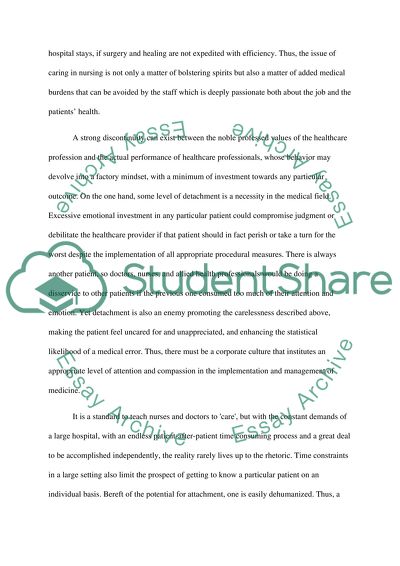Cite this document
(“The Quality Caring Model of Nursing Term Paper Example | Topics and Well Written Essays - 2500 words”, n.d.)
The Quality Caring Model of Nursing Term Paper Example | Topics and Well Written Essays - 2500 words. Retrieved from https://studentshare.org/nursing/1399543-concept-analysis
The Quality Caring Model of Nursing Term Paper Example | Topics and Well Written Essays - 2500 words. Retrieved from https://studentshare.org/nursing/1399543-concept-analysis
(The Quality Caring Model of Nursing Term Paper Example | Topics and Well Written Essays - 2500 Words)
The Quality Caring Model of Nursing Term Paper Example | Topics and Well Written Essays - 2500 Words. https://studentshare.org/nursing/1399543-concept-analysis.
The Quality Caring Model of Nursing Term Paper Example | Topics and Well Written Essays - 2500 Words. https://studentshare.org/nursing/1399543-concept-analysis.
“The Quality Caring Model of Nursing Term Paper Example | Topics and Well Written Essays - 2500 Words”, n.d. https://studentshare.org/nursing/1399543-concept-analysis.


